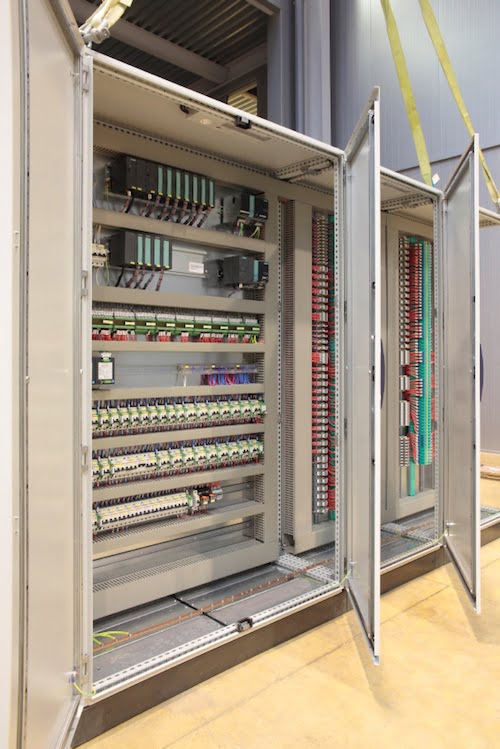How the Right Enclosure Air Conditioner Protects Your Equipment
 The use of enclosure air conditioners to protect equipment inside electrical enclosures has become commonplace. However, there are several requirements that users should be aware of when selecting an air conditioner. Among these are the need to specify the correct capacity unit and to ensure that its construction is compatible with that of the electrical enclosure so as not to affect the physical and electrical integrity of the enclosure. The unit should also have a NEMA rating and be approved by a Nationally Recognized Testing Laboratory (NRTL).
The use of enclosure air conditioners to protect equipment inside electrical enclosures has become commonplace. However, there are several requirements that users should be aware of when selecting an air conditioner. Among these are the need to specify the correct capacity unit and to ensure that its construction is compatible with that of the electrical enclosure so as not to affect the physical and electrical integrity of the enclosure. The unit should also have a NEMA rating and be approved by a Nationally Recognized Testing Laboratory (NRTL).
The selection of the right enclosure air conditioner ensures your electrical equipment is well protected.
Right Capacity
It is important that the air conditioner capacity is matched to the enclosure heat load. Avoid the temptation to specify a larger unit than required on the basis that this will ensure there’s always sufficient capacity. A unit that’s too big will cycle frequently and have difficulty maintaining a steady enclosure temperature.
Conversely, if the air conditioner is too small, it will have difficulty controlling the enclosure temperature during summer peaks and will run continuously. This could lead to the compressor overheating and failing. So, it’s vital the enclosure air conditioner’s capacity is matched to the heat load. For best results, use an online cooling capacity calculator to establish the optimally sized enclosure air conditioner.
Robust Construction
Look for a unit that has a robust construction. OSHA requires that electrical enclosures are built to minimum standards to protect employees from injury, and an enclosure air conditioner effectively becomes part of that enclosure and should be built to the same standards. The enclosure air conditioner’s housing should be able to withstand bumps and knocks without sustaining damage that could affect the integrity of the unit or of the electrical enclosure.
Questions to consider include:
- How is the unit made?
- Does the unit have an all metal construction or is it made of plastic?
- Are critical seams sealed using sealant or welded?
Always ensure the enclosure air conditioner is constructed to the same (or higher) NEMA rating as that of the electrical enclosure.
Features and Options
Unit reliability is very important, so check for features that show this has been adequately considered. Is the compressor an efficient rotary unit and does it use an expansion valve to provide adequate capacity for a wide range of operating conditions? Does the unit provide adequate cooling capacity at expected ambient temperatures and is it possible to establish the capacity under these conditions? Electrical enclosures are often located in unattended areas and easily overlooked, so it’s wise to make use of remote monitoring facilities to continuously monitor the enclosure temperature.
Options for Arduous Conditions
Many electrical enclosures operate under arduous conditions, and you’ll want to be sure that the air conditioner is suitable for these conditions. In very dusty locations, high capacity filters improve filtration and extend filter cleaning cycles. Stainless steel construction will resist corrosion in corrosive environments. If excessive vibration is likely, measures to protect copper pipes from fatigue will reduce the risk of refrigerant leaks.
NRTL Approval
Establish that the air conditioner has been certified by an NRTL such as UL. Besides being a requirement in many circumstances, such certification gives peace of mind and simplifies approval of the installation by an Authority Having Jurisdiction.
The purchase of a well designed and robustly built enclosure air conditioner ensures your electrical equipment is well protected, reducing the risk of an unplanned outage due to poor enclosure cooling. Thermal Edge prides itself on designing and manufacturing enclosure air conditioners that work effectively, are durable, and protect equipment in electrical enclosures.

